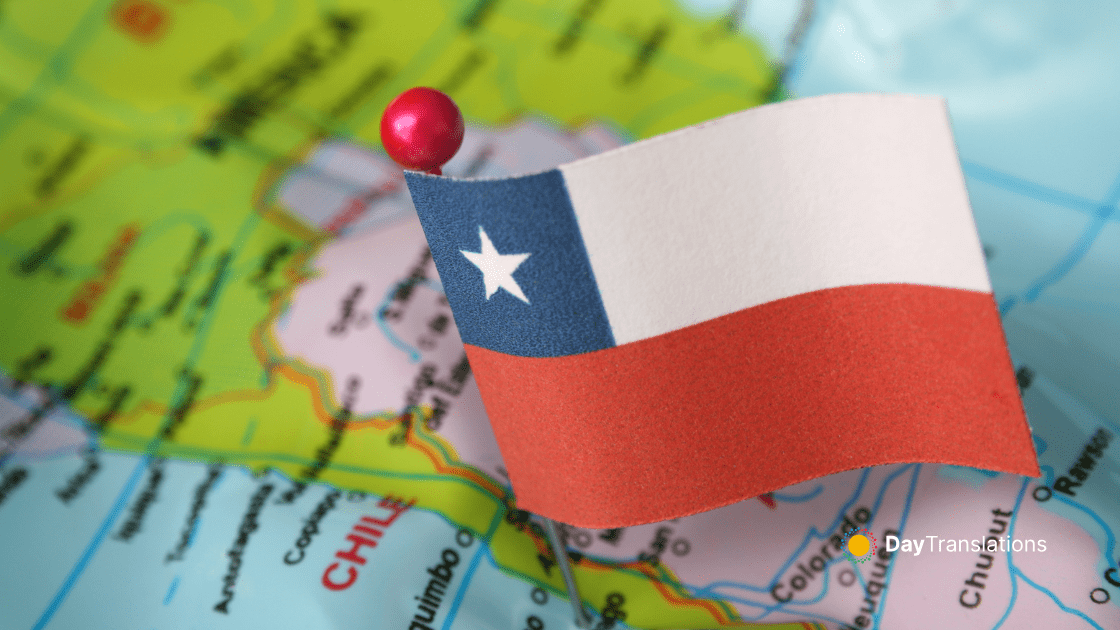The Kingdom of Bahrain is the smallest country in the Persian Gulf, through which much of the Western world’s petroleum must transit to head out to open ocean. Renowned for its oil refining industry and pearls, Bahrain was the first Gulf state to discover oil and to build a refinery in 1932.
However, Bahrain’s thriving economy is less dependent on oil than most of its neighbors. Being perceived as one of the most stable and transparent countries in the Persian Gulf, the Kingdom has become a leading financial and business center where global banking institutions and fund management companies have established operations.
Bahrain’s excellent network of communications and transport make it a perfect choice for many companies which market this country as the gateway to the Gulf region and the Arab world.
In this Country Profile
:: Background of Bahrain ::
In 1783, the al-Khalifa family captured Bahrain from the Persians. In order to secure these holdings, it entered into a series of treaties with the UK during the 19th century that made Bahrain a British protectorate. The archipelago attained its independence in 1971. Bahrain’s small size and central location among Persian Gulf countries require it to play a delicate balancing act in foreign affairs among its larger neighbors. Facing declining oil reserves, Bahrain has turned to petroleum processing and refining and has transformed itself into an international banking center. King HAMAD bin Isa al-Khalifa, after coming to power in 1999, pushed economic and political reforms to improve relations with the Shia community. Shia political societies participated in 2010 parliamentary and municipal elections. Al Wifaq, the largest Shia political society, won the largest number of seats in the elected chamber of the legislature. However, Shia discontent has resurfaced in recent years with street demonstrations and occasional low-level violence.
:: Geography of Bahrain ::
Location: Middle East, archipelago in the Persian Gulf, east of Saudi Arabia
Geographic coordinates: 26 00 N, 50 33 E
Area:
total: 760 sq km
land: 760 sq km
water: 0 sq km
Area – comparative: 3.5 times the size of Washington, DC
Land boundaries: 0 km
Coastline: 161 km
Maritime claims:
territorial sea: 12 nm
contiguous zone: 24 nm
continental shelf: extending to boundaries to be determined
Climate: arid; mild pleasant winters; very hot humid summers
Terrain: mostly low desert plain rising gently to low central escarpment
Elevation extremes:
lowest point: Persian Gulf 0 m
highest point: Jabal ad Dukhan 122 m
Natural resources: oil, associated and non-associated natural gas, fish, pearls
Land use:
arable land: 2.82%
permanent crops: 5.63%
other: 91.55% (2005)
Irrigated land: 40 sq km (2003)
Total renewable water resources: 0.1 cu km (1997)
Freshwater withdrawal (domestic/industrial/agricultural):
total: 0.3 cu km/yr (40%/3%/57%)
per capita: 411 cu m/yr (2000)
Natural hazards: periodic droughts; dust storms
Environment – current issues: desertification resulting from the degradation of limited arable land, periods of drought, and dust storms; coastal degradation (damage to coastlines, coral reefs, and sea vegetation) resulting from oil spills and other discharges from large tankers, oil refineries, and distribution stations; lack of freshwater resources (groundwater and seawater are the only sources for all water needs)
Environment – international agreements: party to: Biodiversity, Climate Change, Climate Change-Kyoto Protocol, Desertification, Hazardous Wastes, Law of the Sea, Ozone Layer Protection, Wetlands; signed, but not ratified: none of the selected agreements
Geography – note: close to primary Middle Eastern petroleum sources; strategic location in Persian Gulf, through which much of the Western world’s petroleum must transit to reach open ocean.
:: People of Bahrain ::
Population: 738,004 (July 2008 est.)
note: includes 235,108 non-nationals (July 2010 est.)
Age structure:
0-14 years: 25.9% (male 95,258/female 93,256)
15-64 years: 70.1% (male 293,340/female 217,815)
65 years and over: 4% (male 15,274/female 13,766) (2010 est.)
Median age:
total: 30.4 years
male: 33.5 years
female: 27.1 years (2010 est.)
Population growth rate: 1.243% (2010 est.)
Birth rate: 16.81 births/1,000 population (2010 est.)
Death rate: 4.37 deaths/1,000 population (July 2010 est.)
Net migration rate: 0 migrant(s)/1,000 population (2010 est.)
Urbanization:
urban population: 89% of total population (2008)
rate of urbanization: 1.8% annual rate of change (2005-10 est.)
Sex ratio:
at birth: 1.03 male(s)/female
under 15 years: 1.02 male(s)/female
15-64 years: 1.33 male(s)/female
65 years and over: 1.13 male(s)/female
total population: 1.24 male(s)/female (2010 est.)
Infant mortality rate:
total: 14.76 deaths/1,000 live births
male: 17.01 deaths/1,000 live births
female: 12.44 deaths/1,000 live births (2010 est.)
Life expectancy at birth:
total population: 75.4 years
male: 72.87 years
female: 78.01 years (2010 est.)
Total fertility rate: 2.47 children born/woman (2010 est.)
HIV/AIDS – adult prevalence rate: 0.2% (2001 est.)
HIV/AIDS – people living with HIV/AIDS: fewer than 600 (2007 est.)
HIV/AIDS – deaths: fewer than 200 (2003 est.)
Nationality: noun: Bahraini(s) adjective: Bahraini
Ethnic groups: Bahraini 62.4%, non-Bahraini 37.6% (2001 census)
Religions: Muslim (Shia and Sunni) 81.2%, Christian 9%, other 9.8% (2001 census)
Languages: Arabic (official), English, Farsi, Urdu
Literacy:
definition: age 15 and over can read and write
total population: 86.5%
male: 88.6%
female: 83.6% (2001 est.)
School life expectancy (primary to tertiary education):
total: 14 years
male: 14 years
female: 15 years (2006)
Education expenditures: 2.9% of GDP (2008)

Sorry, the comment form is closed at this time.